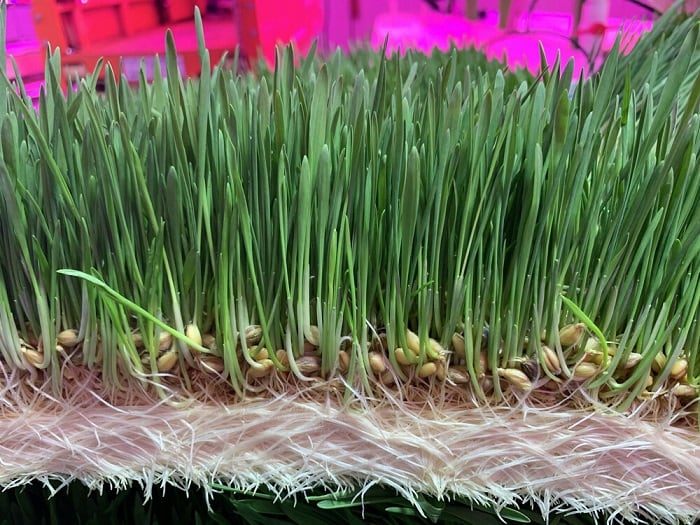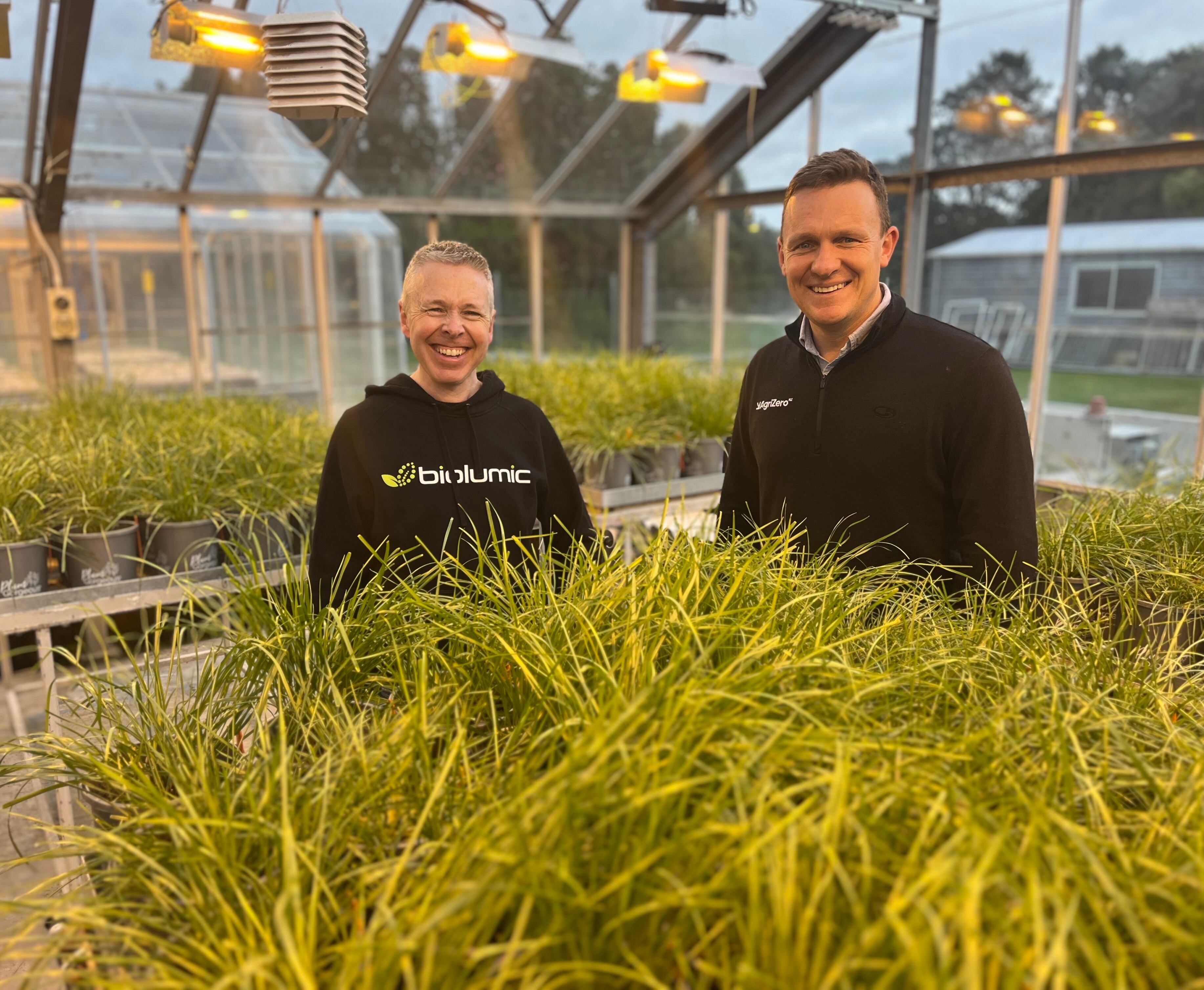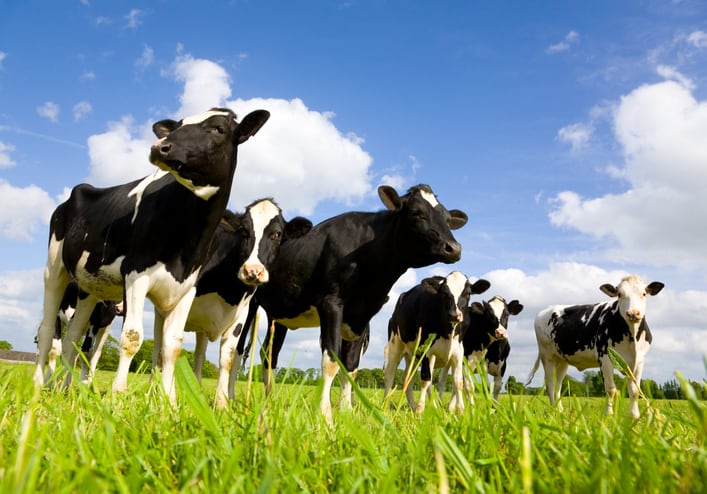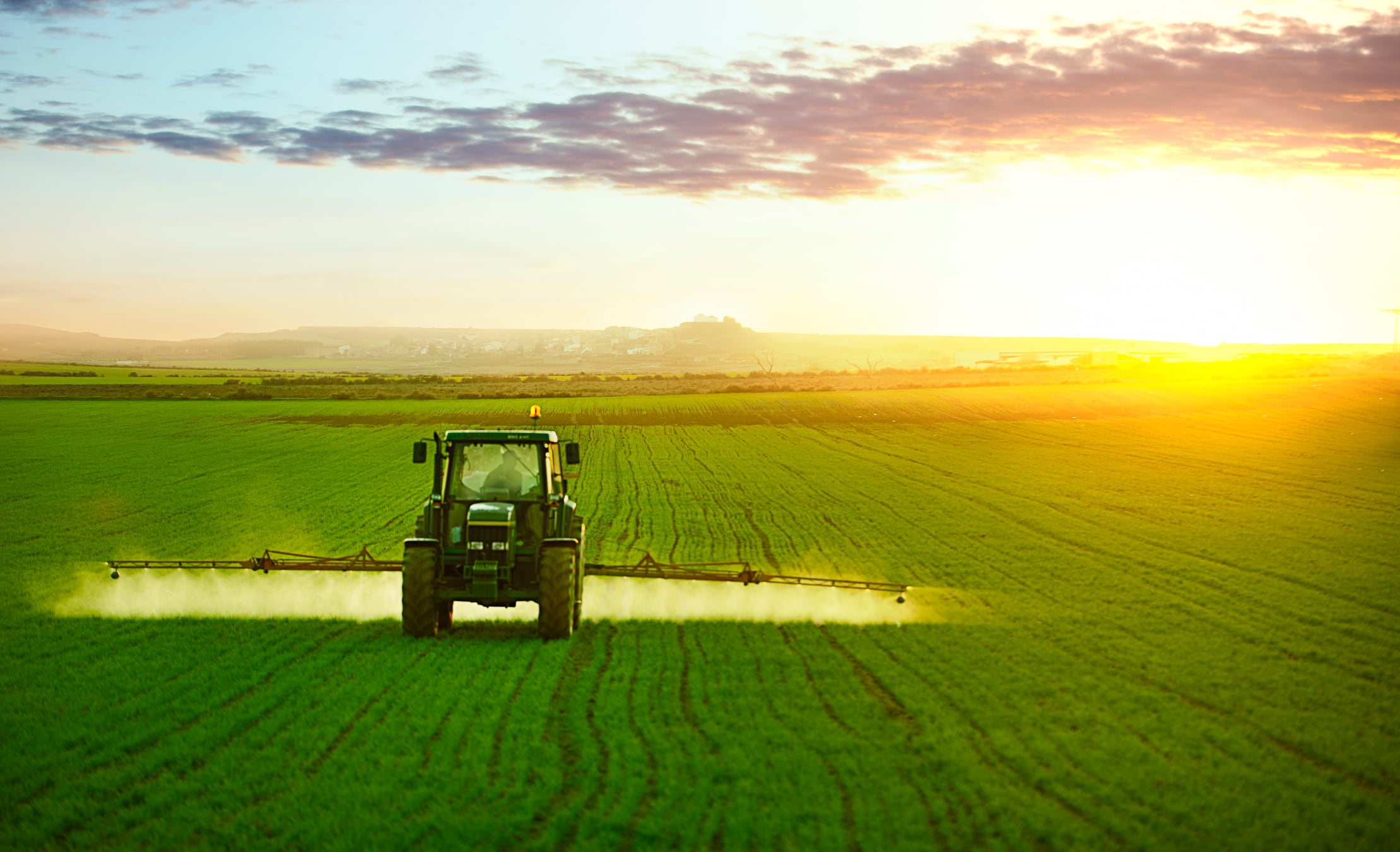The company’s first feed mill – named the Forever Feed Innovation Center and located on a dairy and heifer farm in Hanford, California – produces fresh Automated Sprouted Grain (ASG) daily to supplement feed rations for dairy and beef cattle. This is done using a small fraction of the water that’s typically needed for field-grown alfalfa.
Forever Feed, which was co-founded by CEO Jack de Jong and Steve Lindsley, says this first mill is a third of the size of what a scaled-up version would be - and that larger version would likely be capable of producing fresh feed for more than 2,500 dairy cows.
The plan is to build such commercial-scale mills that could work with large-scale dairy farms to provide fresh feed year-round – with feed efficiency and sustainability benefits to boot.
However, no one has quite succeeded in creating a large enough and economical enough system of this type that could deliver on all fronts – and Forever Feed is hoping they’d be the ones to crack that nut.
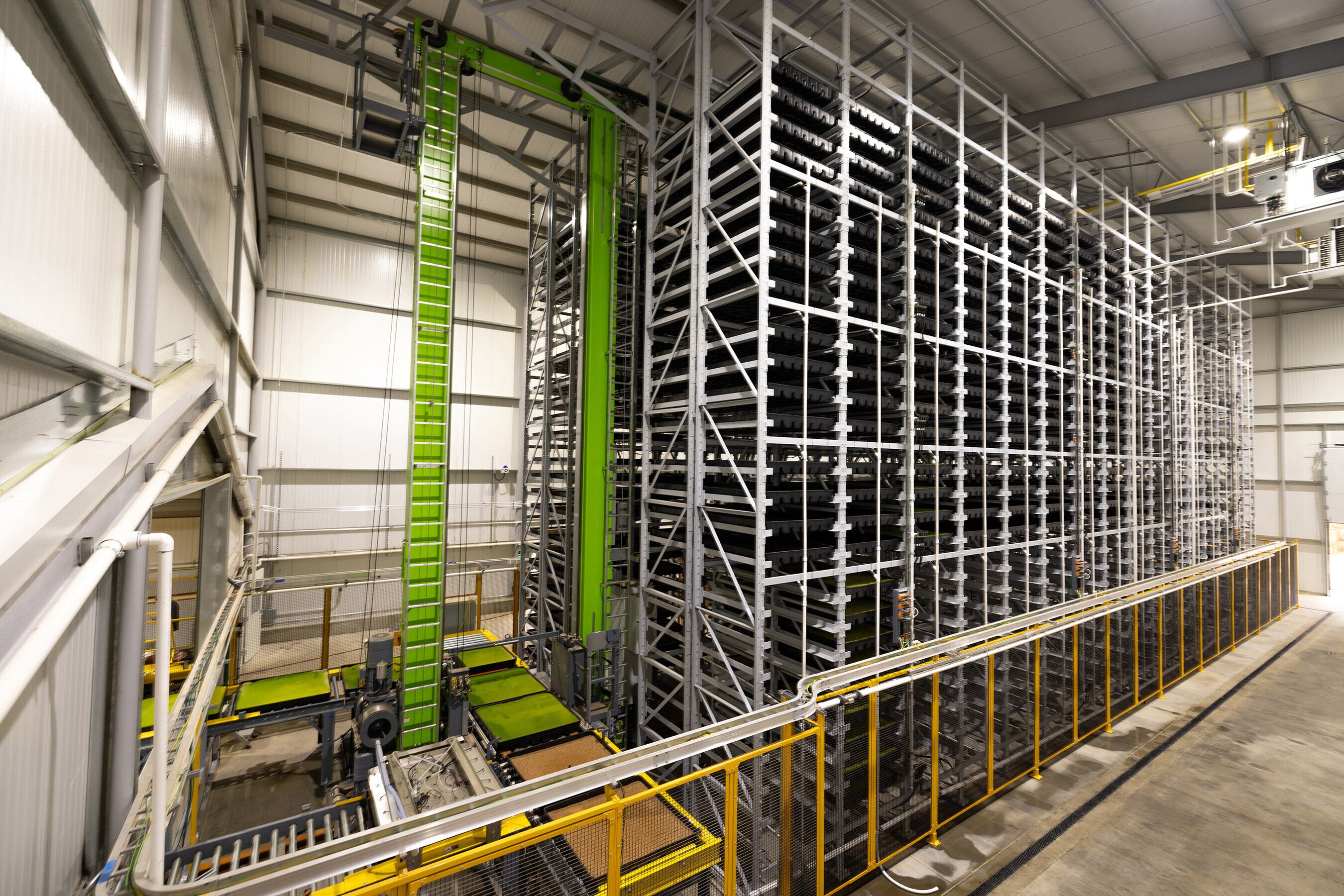
Co-founder and CEO Jack de Jong spoke to DairyReporter in January ahead of the launch of the company’s Innovation Center . . .
“I’ve been farming since the late nineties, operating here in Hanford, California,” the CEO told us. “And a couple of years ago, I was looking into a kind of commercialized fodder feeding as a potential tool for water savings.
“And so I co-founded Forever Feed Technologies (FFT). We’ve been in development for a couple of years. We went through our whole design phase, got to our ultimate design, ordered all the materials we needed, started construction, and we’re at the end of our construction phase right now. We’re just starting to get into our operation phase.”
One challenge has been to find the right varietals of seed, in addition to methodically growing the scale of the operation.
“We had been trying a couple of different varietals, local varietals, and seeing which one’s working and don’t work at this point,” De Jong explained.
“We’ve been working on that and growing that on a small scale. But when you change that to a commercial scale, things don’t always move laterally across.”
“There’s big changes going from a two-by-two tray versus a pallet-size tray with 24 pounds of seed and a large route map coming out of that system in six days.”
Jack de Jong, Forever Feed Technologies
The design phase of the feed mill began in 2022 when Forever Feed engaged JR Automation, a Hitachi, Ltd. company, to help integrate time-test material handling technology with FFT’s patent-pending indoor growing protocols.
The capabilities of material-handling systems and FFT’s proprietary methods make the feed mill dependable enough to support the high demands of supplying fresh feed year-round on major dairy and beef operations, we were told.
This first phase of a commercial scale version is targeted to grow up to 50 tons of ASG per day. When added to the TRM, the ASG fodder is hoped to improve digestibility in the cow’s diet, and with that, positively impact feed efficiency. This is all yet to be trialed in a real-world setting, however.
“We expect feed efficiency changes there to where they’ll either do one of two things,” De Jong said. “They’ll either consume less [feed] and stay at the same production level, or they’ll consume the same amount and produce more.”
Improved feed efficiency would also be one of the biggest drivers of ROI, he added. But the system would also help farmers save on inputs, such as water, diesel, pesticides and fertilizers.
‘No one’s doing it at this level’
With the first phase of the development complete, what’s next?
“We’re going to start moving [from heifer] into dairy cattle feeding and start studying that on our operation, and potentially on others, to start making sure that it works on every farm and at every kind of formulation,” De Jong said.
“No one’s doing it at this density and this concentration, and this level of automation. Other efforts have just been too small for commercial dairies.”
How does the feed mill work?
The feed mill is climate-control via a HVAC system, which is powered by solar panels. The growing itself is a carefully-managed process where trays of ASG sit in the mill for around six days – depending on the recipe – and grow in situ as a computer system keeps track of the conditions of each tray.
Once the fodder has grown sufficiently, it’s time for harvesting and to prepare the feed to go into the animal’s TMR.
But there are still crucial steps ahead – from coming up with TMR recipes to calculating ROI. The team continues to work out these finer details, being careful not to ‘overpromise’, as we were told.
“We want to make sure that all of our protocols and all of our recipes and all of our growing methodologies are repeatable and consistent,” De Jong concluded.
But for now, the developments look promising. “Completing the Innovation Center is a milestone that will enable us to refine the mechanical systems and protocols needed to build our larger commercial scale feed mills,” the co-founder told us.
“Just one commercial scale feed mill will add fresh feed to the daily diet of more than 2,500 dairy cows. Our plan is to start building these mills as early as this year.”

